As a swimming pool owner, a pool booster pump might sound foreign to you if it is your first time owning a pool. Even if you’re a long-time swimming pool owner you may not know what a booster pump is for and whether you should get one for your pool.
Essentially, a pool booster pump is an additional pump for boosting the water pressure in the pool’s plumbing system. Booster pumps can be used for a number of uses in a pool and are most commonly used to provide the extra pressure required to operate high pressure pressure-side pool cleaners. Pressure-cleaners which require a pressure of 15 – 17 PSI will not usually need a booster pump where as cleaners requiring 30 PSI will need a booster pump.
So the big questions are, how do you know which pool cleaners need a booster pump, can you install a booster pump in an existing pool and how do you install one? I’ll answer these questions and much more.
Let’s go.
Article Contents
What is a Pool Booster Pump?
A pool booster pump is a lot like the regular pump used to power your pool’s filtration system. It does pump water but it works a little differently and produces a much higher pressure at the pool’s return outlet.
The difference between a filter pump and a booster pump is firstly, the booster pump is plumbed in between the return lines of the filter and the pool jets. The booster pump takes the water from the filter (after it’s been filtered) then returns it to the pool.
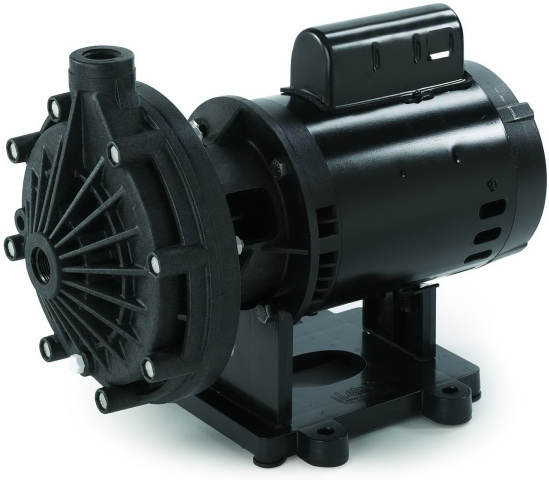
Whereas a pool filter pump sucks the water directly from the pool’s skimmer box and then pushes it into the filter and then the water goes back to the pool.
Another key difference is the amount of pressure produced by a booster pump is far greater than that of a regular pool pump. This high pressure can then be used to power high pressure pool cleaners – which can be more effective at cleaning your pool than regular low pressure cleaners or suction cleaners.
And finally a booster pump does not have a strainer basket. So it’s important that your filtration system is working properly.
What are The Components of a Booster Pump
A pool booster pump has the following components:
- Motor
- Impeller
- Inlet and Outlet
- Some have a sensing device to regulate the pressure and water flow
A booster pump works in the same way as any pump works. The electric motor turns the impeller. The impeller sucks the water from the inlet and then pushes it out the outlet.
It should be noted that a booster pump does not have a strainer like a regular pool pump.
Related Reading: Can You Downsize a Pool Pump?
Do You Need a Pool Booster Pump? Is it Necessary?
If you are using a high pressure pressure-side cleaner then you will need a booster pump to provide enough pressure. Without the extra pressure provided, a pressure-side pool cleaner will not work.
Pressure-side cleaners use the pressure from the water to “power” them. They usually use a dedicated connection on the pool wall which supplies water from the return line which has had the pressure boosted up. Without a booster pump, the pressure provided by a regular pool pump would not be enough.
So if you are considering a pressure-side cleaner, you’ll need a booster pump and the appropriate connection in the pool’s wall for the cleaner to connect to. If you don’t have the connection or booster pump, you can retro fit one to your pool.
These high pressure pool cleaners require a booster pump to work:
- Polaris Vac-Sweep 3900 Sport
- Pentair Legend
- Pentair Racer and Racer LS
- Polaris 180, 280, 380, 480
If you’re set on a pressure-side pool cleaner but don’t want to install a booster pump, some pressure-side cleaners are designed to operate without needing an additional pump.
These pool cleaners do not require a booster pump:
- Polaris 360
- Legend II
- Ray Vac cleaners
Can You Add a Booster Pump to An Existing Pool?
Booster pumps can be installed in an existing pool without too much hassle. It’s usually a relatively easy job to install the pump itself.
To install it, you’ll need to cut your plumbing return line – this is located between the filter outlet and the pool return jets to install it.
You’ll also need a power source but that shouldn’t be an issue since your other pool equipment needs power too.
Related Reading: How to Choose the Best Pool Pump for an Intex Pool
How to Add Booster Pump to Your Pool
Installing a booster pump can be done by yourself if you’re a handy pool owner. By no means is this a comprehensive installation guide but it will give you an idea of what’s involved when installing a booster pump.
If you’re considering installing a booster pump yourself, one thing to note is that some manufacturers will not honour the warranty of the pump if it is not installed by a professional.
What’s Required to Install a Pool Booster Pump?
The requirements for the installation of a booster pump are divided into the electrical requirements and plumbing requirements.
Here’s a summary of what you’ll need:
- Booster pump (of course)
- 120 or 240V power circuit with dedicated circuit breaker
- Pump timer
- Plumbing lines
- Pad to mount pump on
- Anti-vibration mounts
Electrical Requirements for a Pool Booster Pump
The Electrical requirements are found on the pump itself and in the operator’s manual. Most pumps operate on 240 volts, however you can set it to also operate on 120 volts.
The pump will most likely require its own power circuit and circuit breaker – usually a 15-30 amp circuit breaker and circuit is sufficient. But consult an electrician first for any standards or regulations that need to be followed.
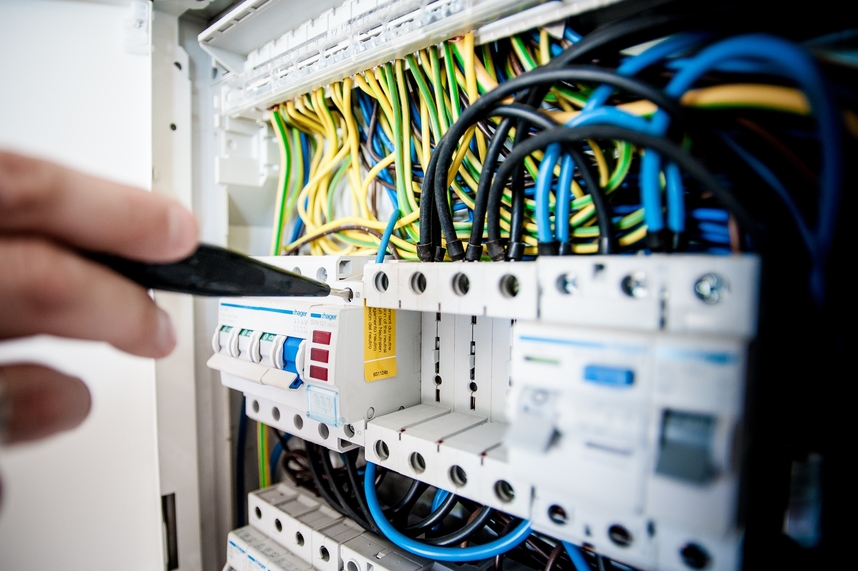
Since you’ll need a dedicated circuit for the new booster pump, you’ll need new wiring run from your electrical board to the pump. The difficulty of this will depend on how far your pool equipment is from the distribution board. As well as the access, or in a lot of cases, the lack of access, you have to run the wiring.
Running the wiring will likely be the most difficult and time consuming part of the entire installation process.
A pump timer is also recommended to switch the pump on and off automatically. You can use a timer like an Intermatic T101 to do this. This will switch one 110V booster pump.
If you use 240V power source for your pump, then you can use the Intermatic T104 timer which will handle 240V and also has the added ability to switch both of your filter pump and your booster pump from the one timer.
I would recommend setting your booster pump timer to switch the pump on at least 30 mins after your pool pump is on. Don’t run the booster pump without running the pool pump or you’ll damage it.
Plumbing Requirements for a Booster Pump
It’s important when installing a booster pump that you install it in the correct position in the plumbing lines. The diagram below shows where you should install your booster pump and the plumbing of it.
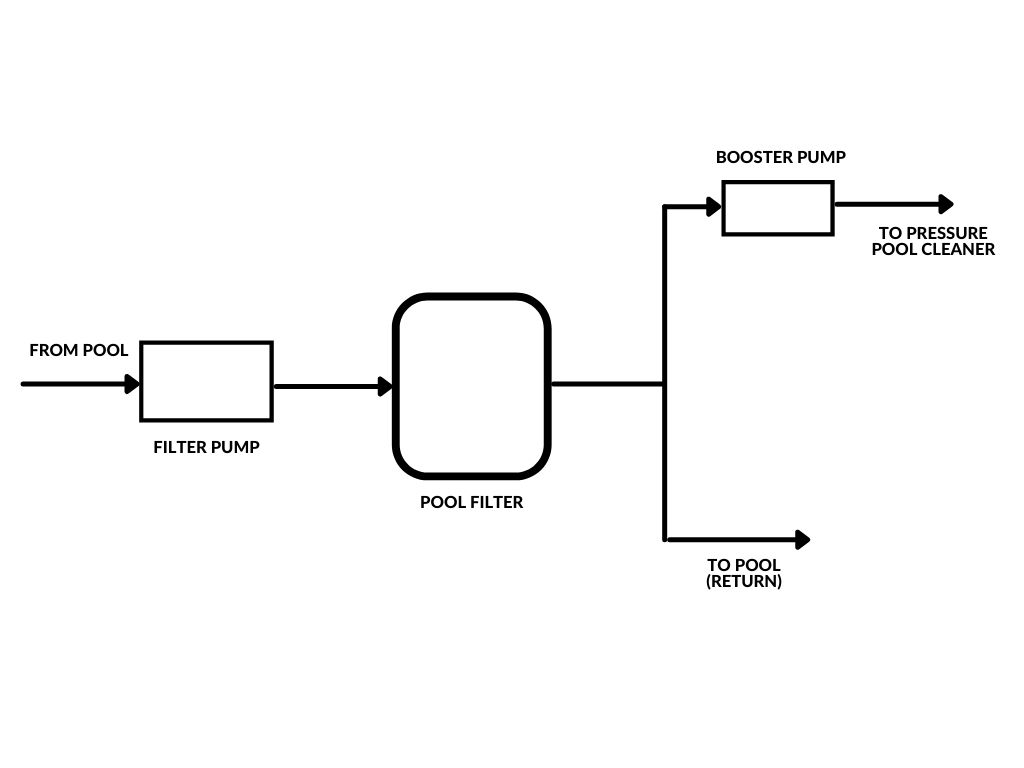
You’ll need to cut your existing return line (after the filter) and fit the new pump. Sometimes physically locating a booster pump can be tricky if you run other equipment as space can be limited.
Other Installation Requirements for a Booster Pump
As with your other electrical pool equipment, the booster pump is best installed where it’s not going to get wet. You can install it in your existing pool enclosure or build something similar to this image if you don’t have a pool equipment enclosure.
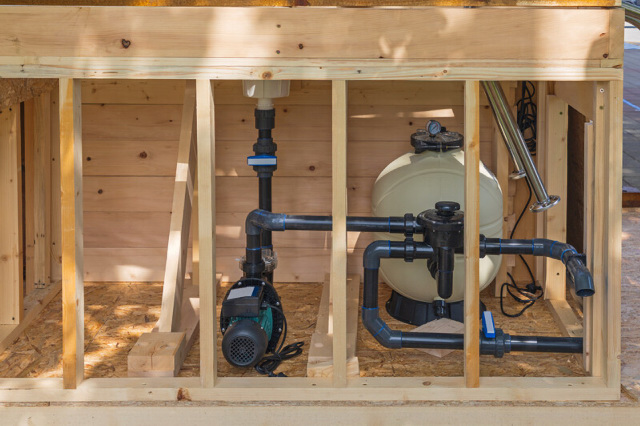
When installing the booster pump, to make sure the pump runs quietly, anchor the pump well to something solid like a concrete pad or paver.
Adding anti-vibration pads in between the pump and the mounting surface will also help eliminate a noisy pump. We have a full blog post written about eliminating noisy pool pumps.
When to Run a Booster Pump
Usually you will run your booster pump when you want to run your pressure-side pool cleaner. The booster pump is not self-priming and should not be turned on unless the pool filter pump is on too. You risk damaging the booster pump if you don’t run the pool pump.
A common set-up is to run your booster pump on a timer and to set the time to come on for a few hours during the day whilst your pool filter pump is running. That way your pool will get cleaned whilst you’re kicking back!
Related Reading: 20 Reasons Why Pool Pumps Lose Pressure (and what to do)
Can I use a Booster Pump Instead of a Normal Pool Pump?
Booster pumps are quite different to a pool filter pump and are not interchangeable. You cannot use a booster pump in place of a filter pump because a booster pump does not self-prime and requires water flowing into it to work correctly.
Another reason you can’t replace a regular filter pump with a booster pump is the lack of a strainer basket. A regular pool filter pump draws the water from the pool’s skimmer box. Sometimes debris can get past the skimmer box basket and gets sucked into the pump. The strainer basket in a filter pump catches this debris and prevents blockages in the impeller or in the return lines.
Is a Booster Pump Needed for a Polaris Pool Cleaner?
There are some models of Polaris pool cleaners that do require a booster pump to operate. Other Polaris pool cleaners do not require a booster pump to work. The models that do require a separate booster pump are called high pressure pressure-side cleaners. Some of the Polaris models that need a booster pump include; Polaris 3900 Sport, 180, 280, 380 and 480.
Is a Booster Pump Needed for a Pentair Pool Cleaner?
Several Pentair pool cleaners require a booster pump to function. The pressure produced by the booster pump increases the flow of water which is then used to “power” the Pentair pool cleaner. These models include; Pentair Racer, Pentair Racer LS and Pentair Legend.
Is a Booster Pump Needed for a Hayward Pool Cleaner?
Hayward pool cleaners, like other popular pool cleaners such as Pentair and Polaris, have certain pool cleaners that require booster pumps for their effective functioning. Hayward models that require a booster pump include the TriVac 500 and TriVac 700 series pressure cleaners.
3 Best Booster Pumps for Pressure-Side Pool Cleaners
Pentair LA01N Pool Booster Pump

The Pentair Booster pump is suitable for running a wide range of pressure-side pool cleaners. It is a ¾ horsepower and will supply a pressure of 50 psi. It is suitable to power the Pentair Legend series pool cleaners as well as other branded pressure cleaners.
Polaris PB4-60 Booster Pump
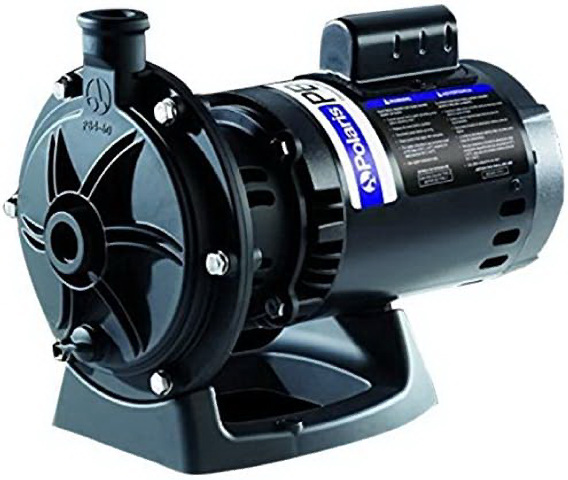
The PB4-60 is another ¾ horsepower booster pump. Again, it’s suitable for powering a range of pressure-side swimming pool cleaners.
Hayward 6060 Pool Booster Pump
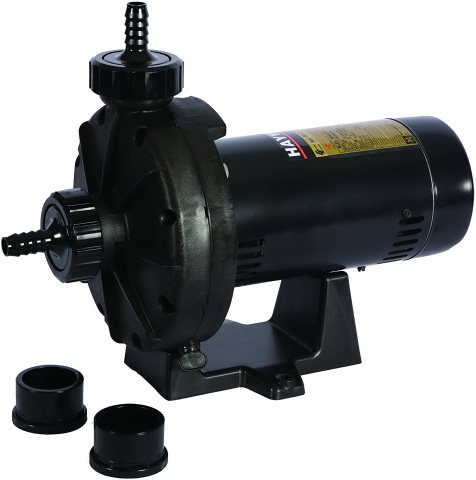
The Hayward 6060 booster pump is perfect for most pressure-side cleaners. It will run cleaners such as the Hayward TriVac 500 and other brands such as Pentair and Polaris. It’s rated at ¾ horsepower like the other two pumps in this guide.
Many customers report that this is a quiet pump.
3 Best Pressure-Side Pool Cleaners that Need Booster Pumps
Zodiac F5 280 Polaris
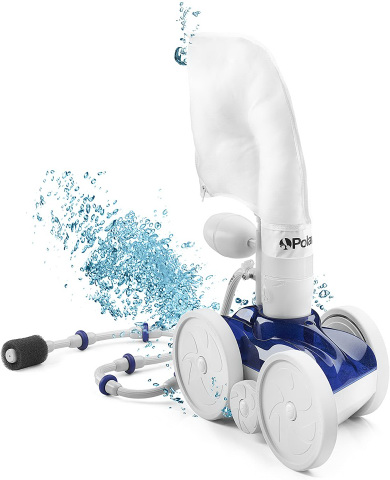
This pressure-side pool cleaner is one of the most highly reviewed pool cleaners around. Many customers have reported that this model is great at picking up leaves with one buyer leaving the following feedback “…[it’s a] godsend in keeping all the leaves off the bottom of my pool”.
On the negative, some buyers report that it doesn’t do so well picking up fine dust.
Hayward TriVac 500
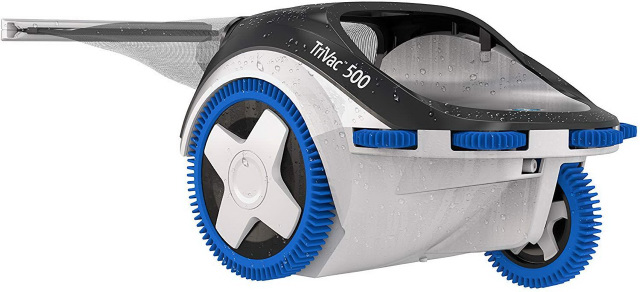
“The Hayward TriVac has CHANGED MY LIFE.”
That is a direct quote from a happy buyer. The TriVac is a pressure-side automatic pool cleaner and is able to pick up leaves and debris from the floor or the pool and it can even climb walls and stairs.
The buyer that left this review had many leaves in their pool due to overhanging trees. They were sick of cleaning the pool. The TriVac fixed that.
Zodiac F6 Vac Sweep Pro 3900
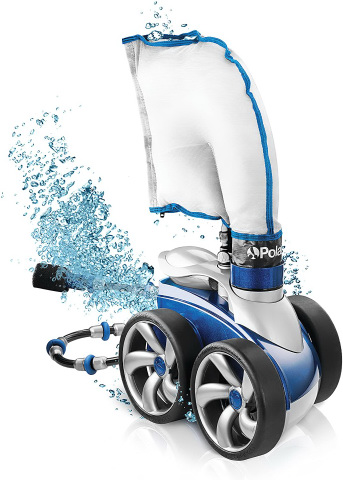
Although this model looks a little similar to the Zodiac F5 280 Polaris there are some key differences. This model is suitable for larger pools, like a 20,000 gal pool whereas the F5 280 is more suitable for smaller pools.
The Zodiac F6 has a large 5L capacity bag to pick up debris, has more jets and is heavier making it ideal for large pools.
Final Thoughts
In summary, a pool booster pump will be necessary to operate most pressure-side pool cleaners. So, before selecting a booster pump for your pool, make sure you check the requirements of the pool cleaner so you can choose the right pump.
It’s recommended that you consult your pool store or pool professional before making a decision on a booster pump as pool equipment setups can vary a lot.
Related Reading: 7 Problems With Pool Pressure Cleaners

